Celestial Bodies by Rachel and Eleanor Hardwick, Chrissie White
4 33 Share TweetThe young photographer friends set out to America’s West to reconnect with nature. It all began as an individual documentation of the world around them, and organically formed into a collaborative project over the course of their trip. The result is a self-published art book that explores the relationship between nature and their bodies.

“[It’s about] the idea of our bodies and souls belonging to the earth. About celebrating our bodies and ourselves as being both unique and very similar at the same time,” explains Chrissie White. They completely surrender their bodies to Earth, effortlessly floating through the landcapes and celebrating corporeality. The human body is presented in its animal form, reminding us that, essentially, we are all the same. Thus, nudity is perceived as something liberating that allows us to establish a deeper connection with nature, rather than something that makes us vulnerable and fragile. “I wanted to create work that was a response to the uncertainty I feel there is with technology, politics, our environment and our bodies in modern living,” Eleanor Hardwick says.
In contrast to these terrestrial issues stands the presentation of the body as extraterrestrial. Some of the images border on the surreal, the human bodies and environment seem otherworldly. “Seeing [the female body] as something extraterrestrial almost allows you to see it with fresh eyes and as something that is truly an amazing feat of nature!” says Rachel Hardwick.
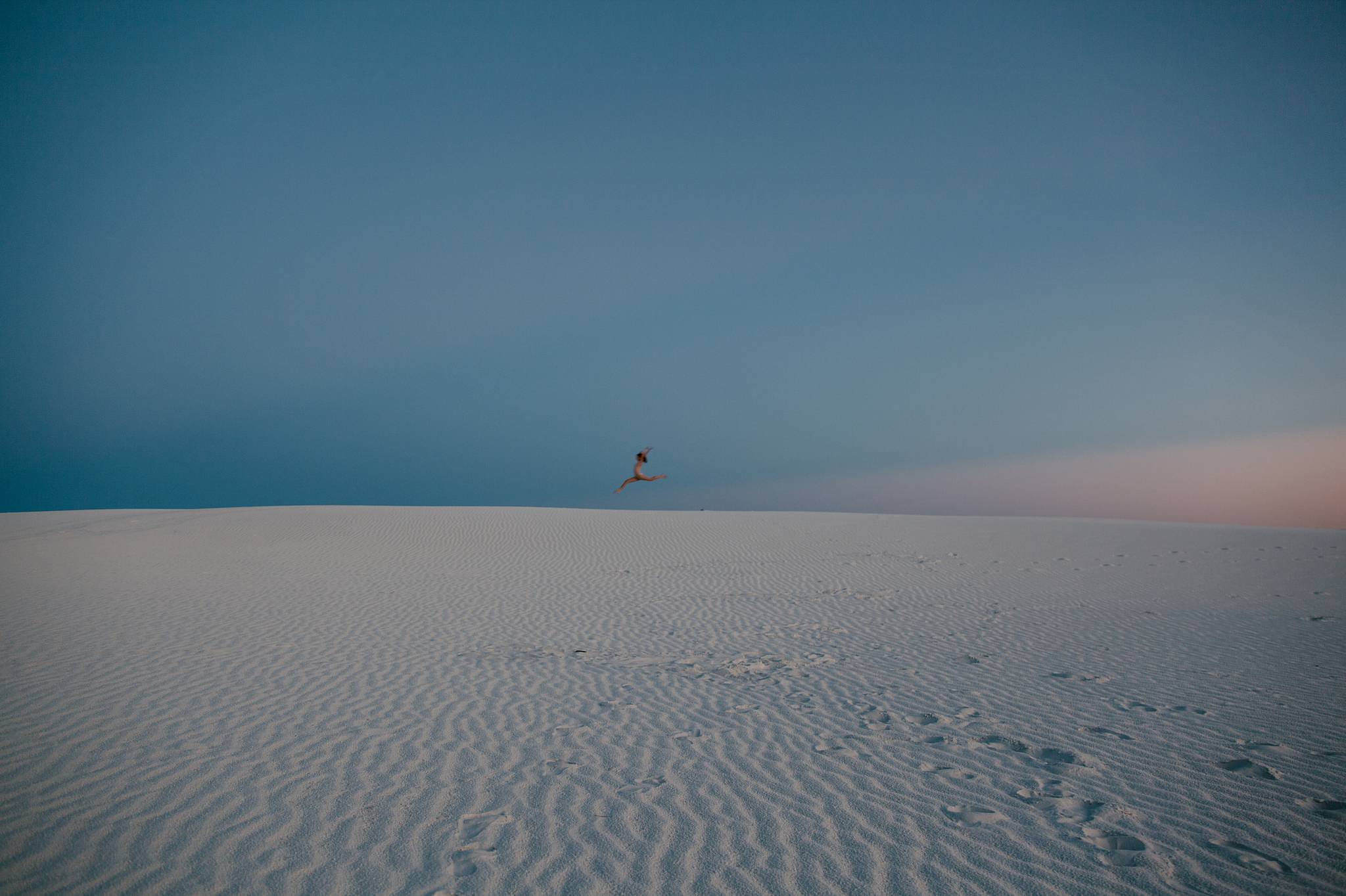
While the title “Celestial Bodies”—a term used to refer to stars, moons, planets outside of our earth’s atmosphere—may seem like a peculiar choice, Eleanor explains that there is a narrative, as you go through the images in the book, that relates to the moon’s cycle. “It was also a beautiful coincidence that the trip lasted 28 days.”
Interestingly, all photographs in the book belong to all three artists and were created collaboratively. Lomography talked to Eleanor, Rachel and Chrissie to find out more about the process behind it, their view on nature and the female body.
How did you meet each other? How did your relationship develop into an artistic collaboration?
Rachel: Eleanor and I are sisters, but have known Chrissie through the Flickr community for what must be about ten years now. When I saw photos from another Bali trip that Chrissie and some other photographers we knew online had been on, it kickstarted our idea to do a road trip together, to create work together.
Chrissie: When we met each other through Flickr years ago, Eleanor and I in particular banded together with a lot of other young photographers and formed a group of young creatives who would often share secrets and make photographs together. We would all become long-time friends and inspirations to each other.

In what ways do you feel you complement each other as artists? How did everyone’s background, artistic as well as otherwise, influence the process?
Rachel: I think we all have very similar aesthetics, the way that we marry the surreal with the realistic and use the human form in our photos. We all work somewhat organically, often shooting as we explored.
Eleanor: I have always felt a synergy with Chrissie’s ability to fuse darkness, humor, reality and surrealism all into one image. And me and Rachel being sisters, we have often shared similar taste in photography and art. The process was very organic and we constantly bounced ideas off each other. Chrissie’s very good at experimenting with light and movement, and also just at being a good outdoors explorer! Rachel’s approach is very spontaneous, too, which differs from my process a lot in some ways—and these things pushed me to do something a bit new, so all our voices are in there.
Chrissie: We also spent a lot of time reading and hiking, playing music together using sticks, rocks, pots, and pans, cups. As artists, our inspiration comes from our experiences in life, so sometimes it is within the times that we have stepped away from the camera that we gain the most valuable insights. The creative energy with the three of us is very potent.
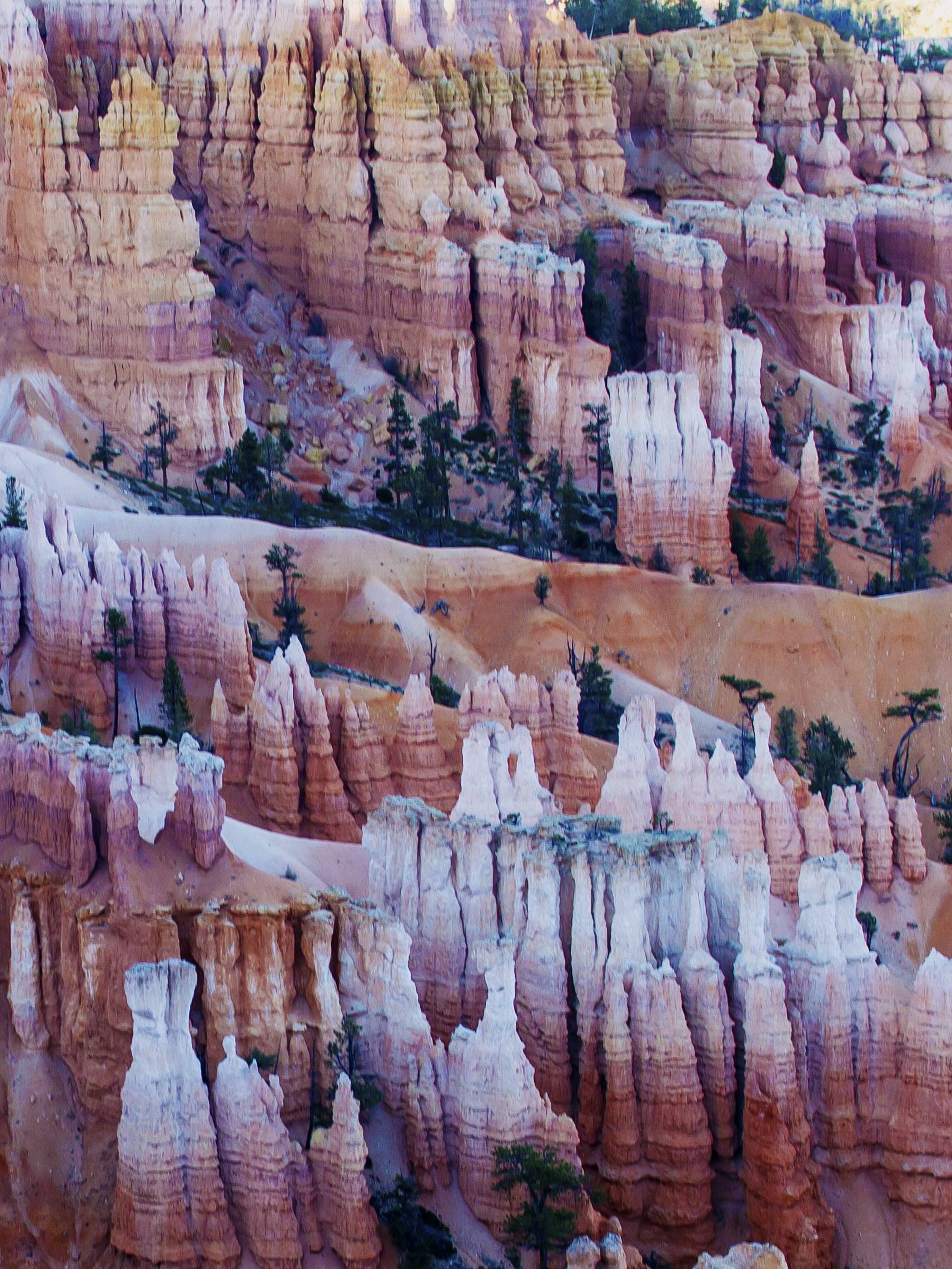
What was the dynamic between the three of you like? How easy or difficult was it to marry everyone’s ideas into one coherent piece?
Eleanor: I think that the idea that our ego is detached from the work fell into place during and after shooting. It wasn’t so much a conscious decision, but a natural one. We all played different roles in creating different images, whether one of us was the initial person to strip their clothes off and run into the landscape, another setting up the camera pressing the shutter, and then Chrissie or I retouching afterwards. I definitely think Chrissie and I are both drawn to similar color palettes and tones when we retouch, so the final images fit together very fluidly.
So your work is a visual exploration of the relationship between the human body and nature. How do you feel about nature? What does it mean to you?
Rachel: Having grown up in the countryside, I’ve always enjoyed nature. However, since moving to London in 2010, I have had little time to really immerse myself in it. However, something that nevertheless upsets me is how man treats nature and how much of it is being destroyed for the sake of our own apparent gain. Now is a really important time for people to connect with nature and to realize that we need to stand up against government plans like fracking, commercial deforestation and the state of the oceans.
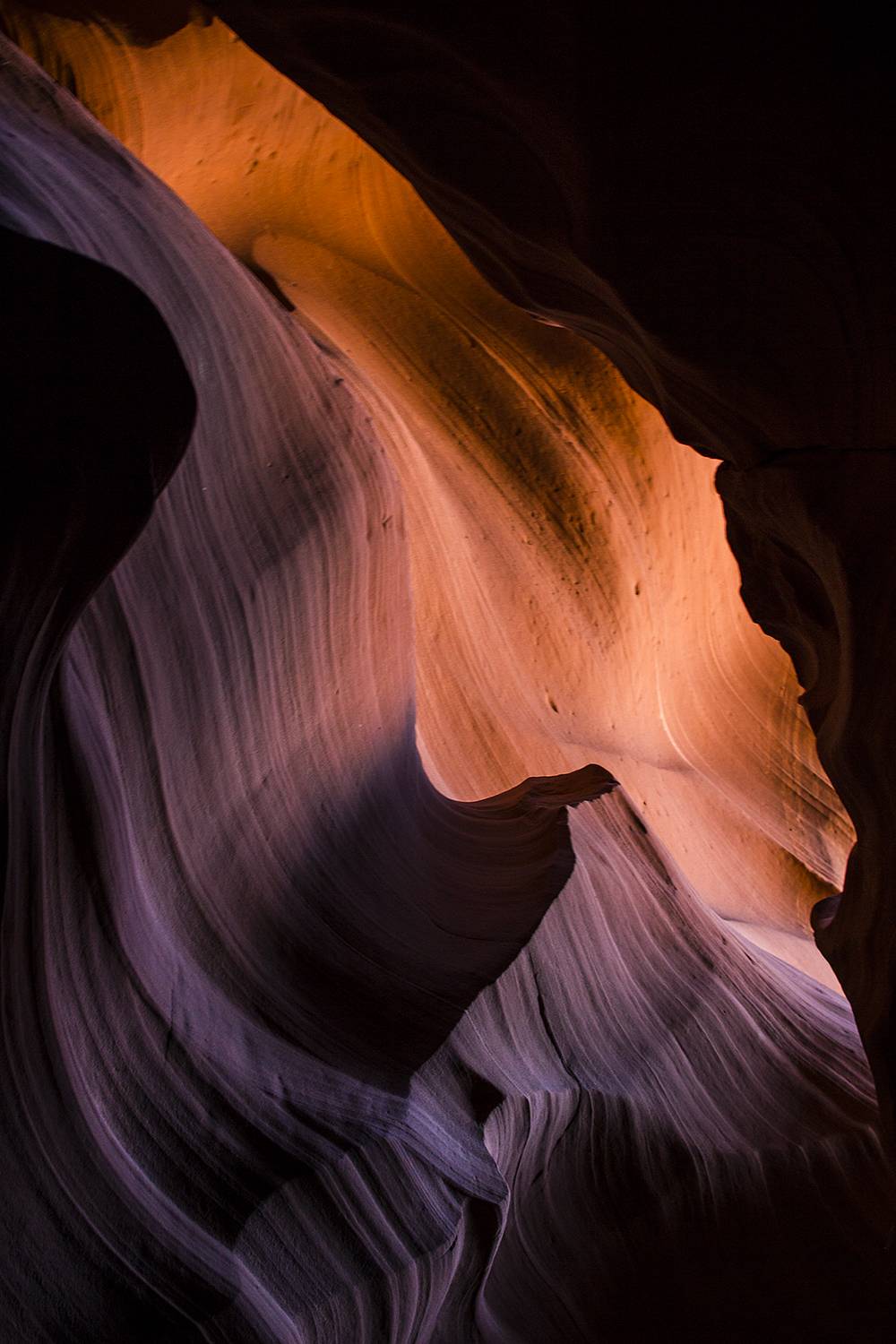
Eleanor: Nature was always the backdrop for where I created my earliest photo work, and returning to it constantly inspires me. There is something about the fact that nature isn’t touched by the mark of era or taste in the way that a city breathes everyone’s voices and opinions, that makes me feel clear headed to create whatever I want. Rachel and I were fortunate to be brought up by parents who are very conscious about looking after our planet. I do what I can to be conscious of the planet by being vegan, recycling and reusing, not wasting food, water or electricity, drinking from a reusable water bottle, reusing carrier bags, only doing a clothes wash once a week, reusing the other side of paper – stuff like that. I’ve started using a search engine called Ecosia that uses all of its advertising money to plant trees. When I was at my old agency, I had a print portfolio that would get biked around London to clients, but I’m pretty conscious now that I would rather use the iPad to present a portfolio that constantly needs updating. I think it’s so important not to despair for our planet but to actually be proactive about how we can look after it.
Chrissie: We are a part of nature, and in modern-day society it can be easy to forget that we still rely on the resources that come from the earth. Without the trees, and the soil we would cease to exist.
In your series, the female form is somehow presented as extraterrestrial. In what way does this correspond to your own notion of the female body and your self-perception as women?
Chrissie: We wanted the simplicity of the nude form, which blends so much more naturally to the wilderness around us. The things we choose to wear make very obvious statements whether we want them to or not, and we didn’t want that to distract the viewer from the idea of the human in its natural animal form. All bodies are unique but similar in their functions and form, and we believe they should be celebrated instead of being hidden away underneath layers of cloth just because it is often considered immoral in society to show our naked bodies. So much of the media images we are presented with today only talk about female bodies or attitudes in a sexual way, especially when it comes to showing bare skin. We like the idea of normalizing nudity so that is does not make a statement or shock people.
Rachel: As someone who suffered from an eating disorder and self-esteem issues as a teenager, being able to connect with and love your body as a woman is something that is incredibly important to me now. Also, as someone who has recently come out as gay, I have learnt to connect with the female body on an entirely different level that has led me to really appreciate how beautiful the female form is, regardless of size, color or scars.
Eleanor: As soon as I started to get naked with my friends in a non sexual way, it made me feel more confident about my body, and my choices of shaving and shit like that. The reason I don’t shave isn’t a political statement in itself, it’s I just don’t do it because it takes ages and I honestly have a million more interesting things to being doing. It also irritates my skin and I find I smell better when my armpits aren’t clean shaven. And it’s cool when you can just get naked and not feel self-conscious about that stuff, because everyone else is running around and you’re like Our bodies are actually all really the same, underneath all those fashion statements and trends and I think that’s unifying, it’s timeless, it’s something we can always rely on and depend upon – like nature itself.
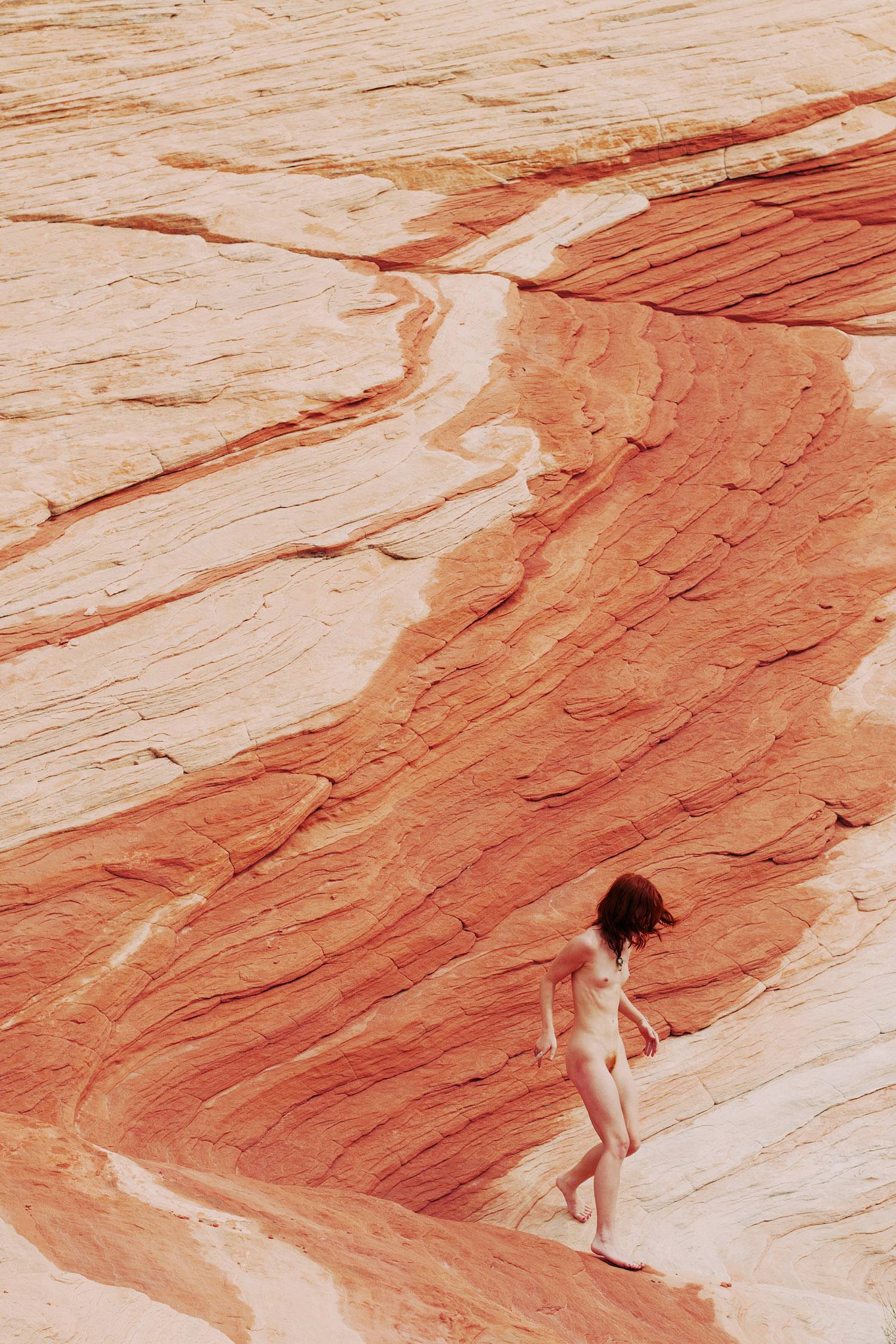
How did you decide on Jamie Allan Shaw as a designer for your book? How does the design add to the overall artwork?
Rachel: Jamie is a friend of mine and Eleanor’s and, once we started planning to make a book, we realized that getting a professional on board to help with the design would be a huge asset. Jamie has worked on a lot of amazing projects before, and we what how good taste he has, so it was just obvious that we got him involved! The design really completes the concept and narrative of the book.
Eleanor: He was so in sync with our message and opened our eyes to the benefits of self-publishing. He really took our images and made design choices for them that got the most out of them.
Tell us a little more about the non-photographic elements of the book. How did that come about and how do they correlate with the photographs?
Rachel: The text pieces were written by Eleanor so she probably can tell you about them the best!
Eleanor: I have always been passionate about writing—in less of a grounded sense—but I have hundreds of notebooks just filled with sentences and ideas that are streams of consciousness. The writing adds a much more political side to the book and clarifies some messages from the photographs that are more subtle—for example, when I wrote that we are “one ancestor forming fractals of bodies, one tectonic plate forming little islands,” which are subtle digs at the ongoing refugee crisis, and the absurdity that many people believe that asylum seekers have no right to seek a safe place to live. But we all deserve to appreciate the beauty of life and earth.
Rachel, Eleanor and Chrissie are set to hold a second release party for “Celestial Bodies” on March 12 at Common AREA Maintence in Seattle. The event includes a group exhibition and performance as an extension of the book’s central ethos. Signed copies of the book will be available. For those based elsewhere, copies of the book are also available for purchase online at Big Cartel.
Check back soon to read our individual interviews with Rachel, Eleanor and Chrissie. To find out more about the artists in the meantime, visit their websites:
All images are by Rachel Hardwick, Eleanor Hardwick and Chrissie White; provided by the artists and used with permission.
escrito por Teresa Sutter el 2016-03-09 #gente #art #lifestyle #travel #book #road-trip #usa #celestial-bodies #rachel-hardwick #eleanor-hardwick #chrissie-white

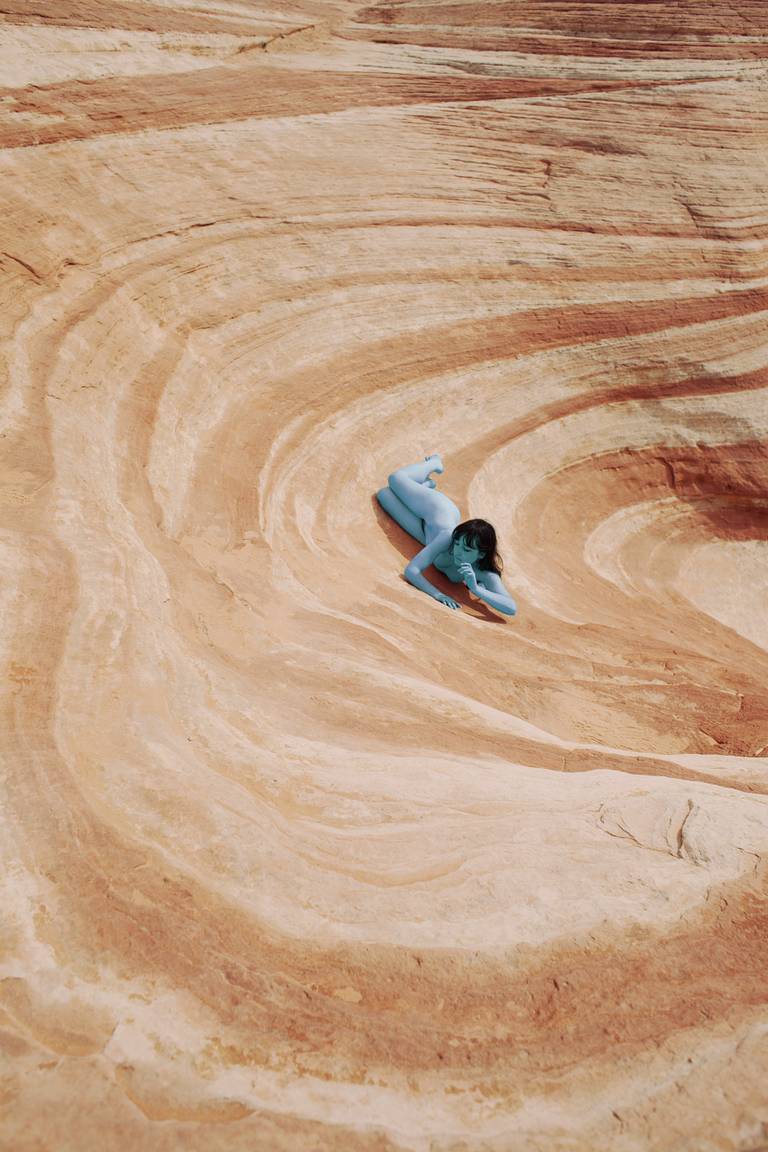

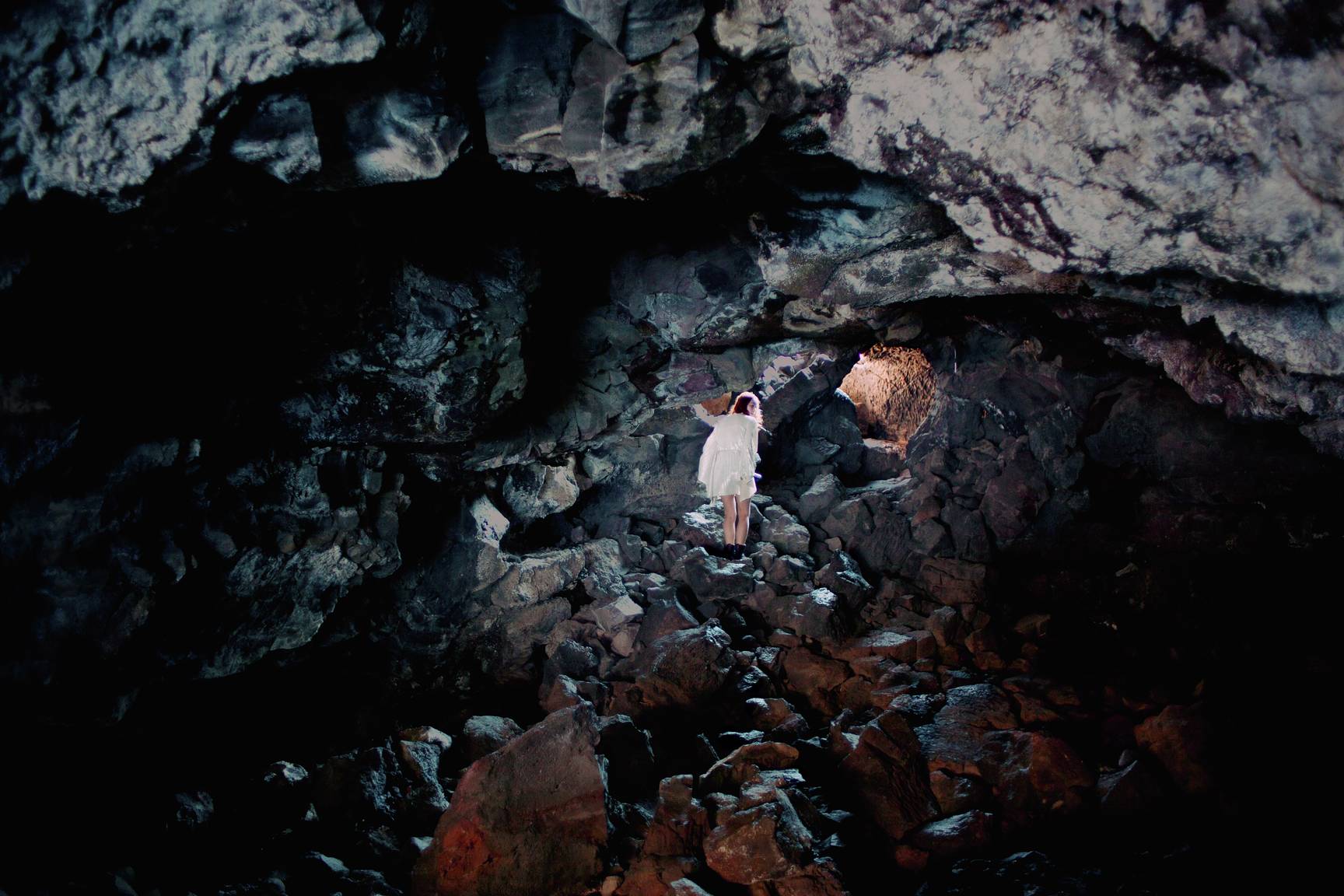



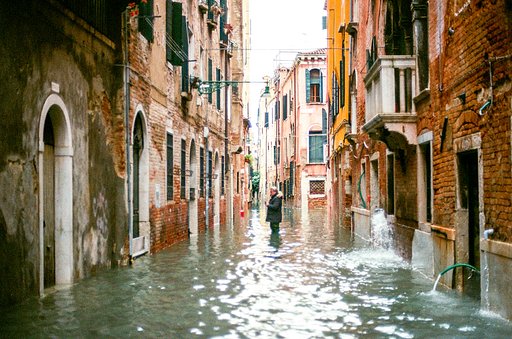












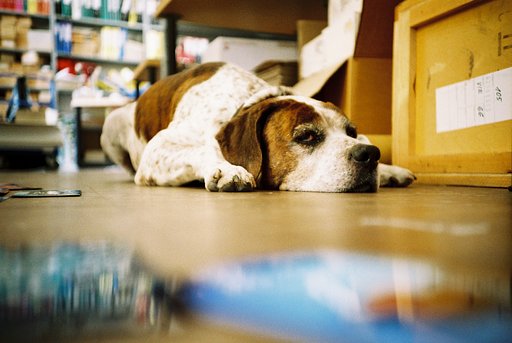
4 Comentarios